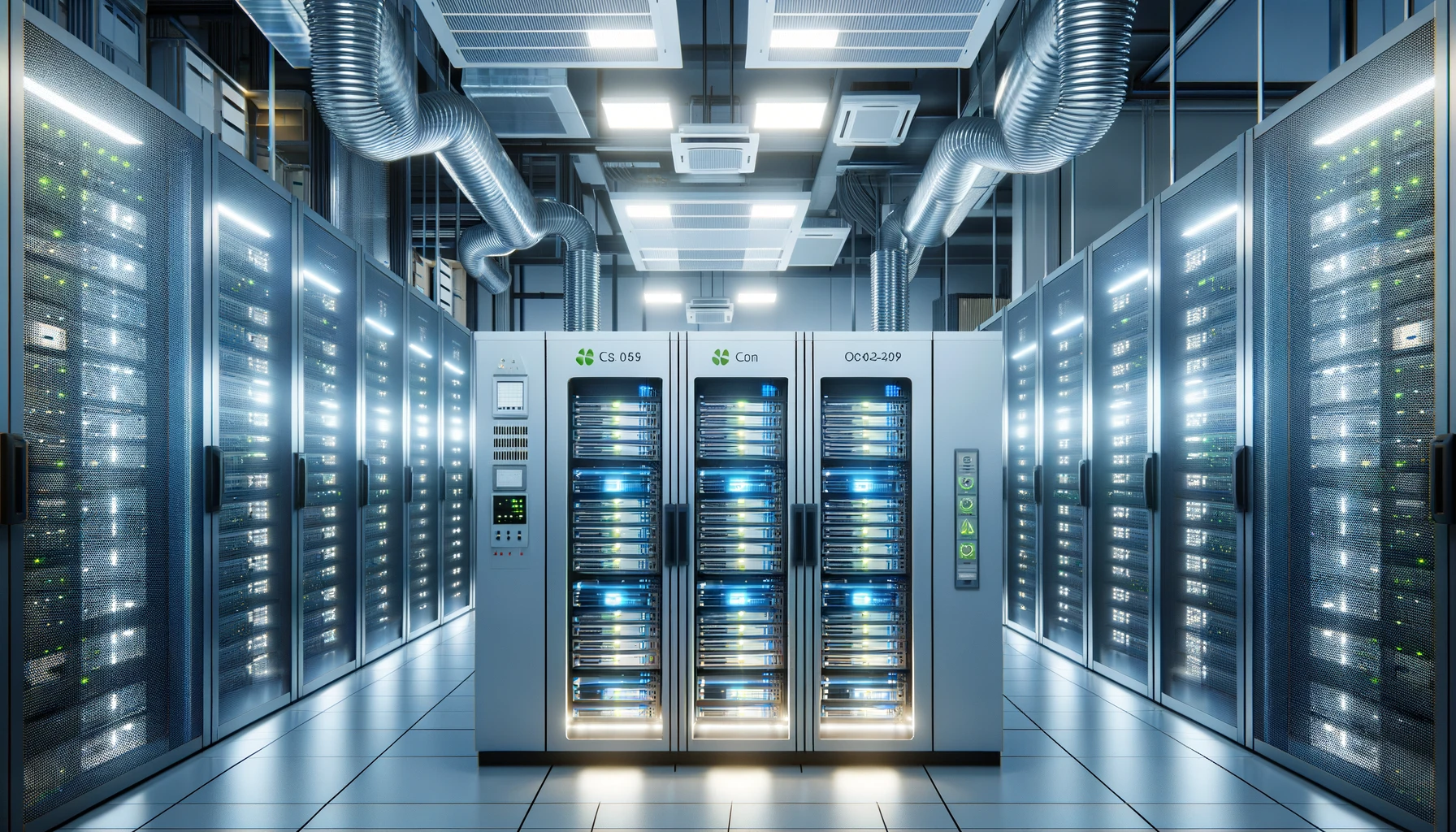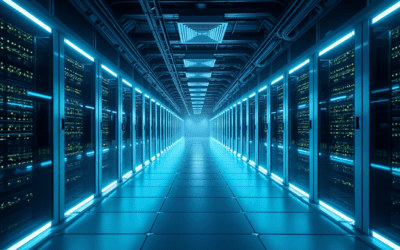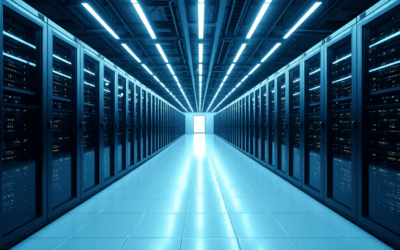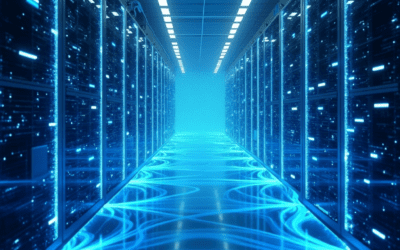How Do I Reduce Data Center Operating Costs?
In our fast-paced digital era, data centers are the backbone of the internet, underpinning cloud computing, data storage, and connectivity. Yet, their critical role is matched by high operating costs, particularly in terms of power consumption. As we aim for more sustainable operations, it’s vital to reduce data center costs without sacrificing performance. This article delves into energy efficiency strategies, highlighting how cooling systems, including the use of blanking panels like those from Eziblank, can significantly reduce cooling-related energy expenses.
Understanding the Energy Demand in Data Centers
Data centers are notorious for their energy-intensive nature, consuming substantial power to operate servers, storage, and networking gear, while also cooling these components to avert overheating. Cooling alone can represent up to 40% of a data center’s power consumption, underscoring the urgency for cost-effective and energy-efficient cooling systems.
Strategies for Reducing Energy Consumption
Implementing Energy-Efficient Cooling Systems
Contemporary cooling systems, such as liquid cooling and in-row cooling, offer greater energy efficiency compared to older methods. By directly addressing the heat output of equipment, these advanced cooling systems diminish the demand for expansive air conditioning, aligning with sustainable energy efficiency goals.
Utilizing Free Cooling
Free cooling leverages external air or water sources to moderate data center temperatures, drastically cutting down on air conditioning dependency. This energy efficiency method excels in areas with colder climates or during cool nights, optimizing the use of natural cooling systems.
Deploying High-Efficiency Power Equipment
Transitioning to high-efficiency Uninterruptible Power Supplies (UPS) and Power Distribution Units (PDUs) can drastically curtail electrical losses. Opting for Energy Star-certified equipment can enhance performance while simultaneously reducing power consumption and data center costs.
Implementing Virtualization and Server Consolidation
Virtualization is a transformative technology that enables multiple virtual servers to operate on a single physical server, maximizing resource utilization and minimizing the need for additional hardware. This efficiency not only trims hardware expenses but also lowers the energy required for powering and cooling servers, contributing to the overall energy efficiency of data centers.
Using Blanking Panels to Optimize Airflow
Blanking panels are an uncomplicated yet potent means to boost cooling efficiency within data centers. By filling up vacant rack space, they deter the intermingling of hot and cold air streams, ensuring that cooling systems function with heightened energy efficiency. This focused approach to cooling can result in substantial energy savings.
The Role of Eziblank in Enhancing Energy Efficiency
Eziblank excels in providing top-tier blanking panels, expertly crafted for simplicity and efficacy in airflow management within data centers. These blanking panels are instrumental in maintaining an optimal cold aisle/hot aisle setup, thereby enhancing the efficiency of cooling systems. Eziblank’s offerings are pivotal in curtailing air recirculation and bypass airflow, which in turn, significantly bolsters energy efficiency by slashing cooling-related energy consumption.
Benefits of Using Eziblank Blanking Panels:
- Improved Cooling Efficiency:Eziblank panels, by channeling cold air precisely to the necessary locations, play a crucial role in diminishing the burden on cooling systems. This targeted approach is a boon for energy efficiency, ensuring that blanking panels are not just functional but also cost-effective.
- Energy Cost Savings:Thanks to the heightened energy efficiency of cooling systems equipped with Eziblank’s solutions, data centers can witness a substantial dip in data center costs, particularly those associated with energy.
- Easy to Install and Manage:Designed with the dynamic nature of data centers in mind, Eziblank’s blanking panels are a breeze to install and remove, making them a perfect match for environments that are constantly evolving, while also promoting energy efficiency.
- Scalability:Eziblank’s blanking panels stand out as a versatile solution, effortlessly accommodating expansion or reconfiguration, ensuring that data centers can adapt to shifting demands with ease.
Conclusion
As data centers forge ahead in their evolution, the quest for reduced operating costs via energy efficiency is paramount. Leveraging advanced cooling systems and strategic design choices, such as the integration of blanking panels, is key to this endeavor. Eziblank’s blanking panels are a testament to a straightforward yet impactful approach to tempering cooling expenses. Embracing such energy efficiency initiatives enables data centers to not only curtail data center costs but also to advance towards more eco-friendly operations.




